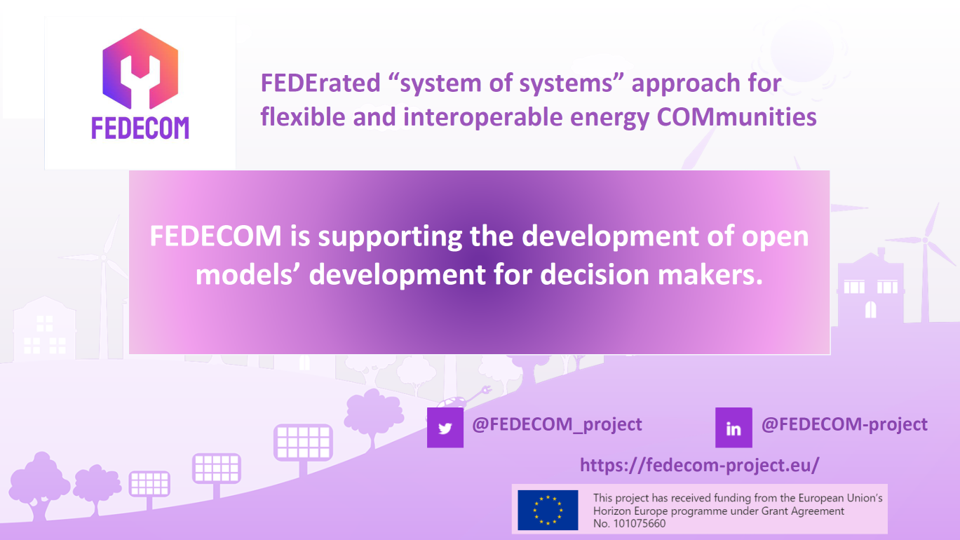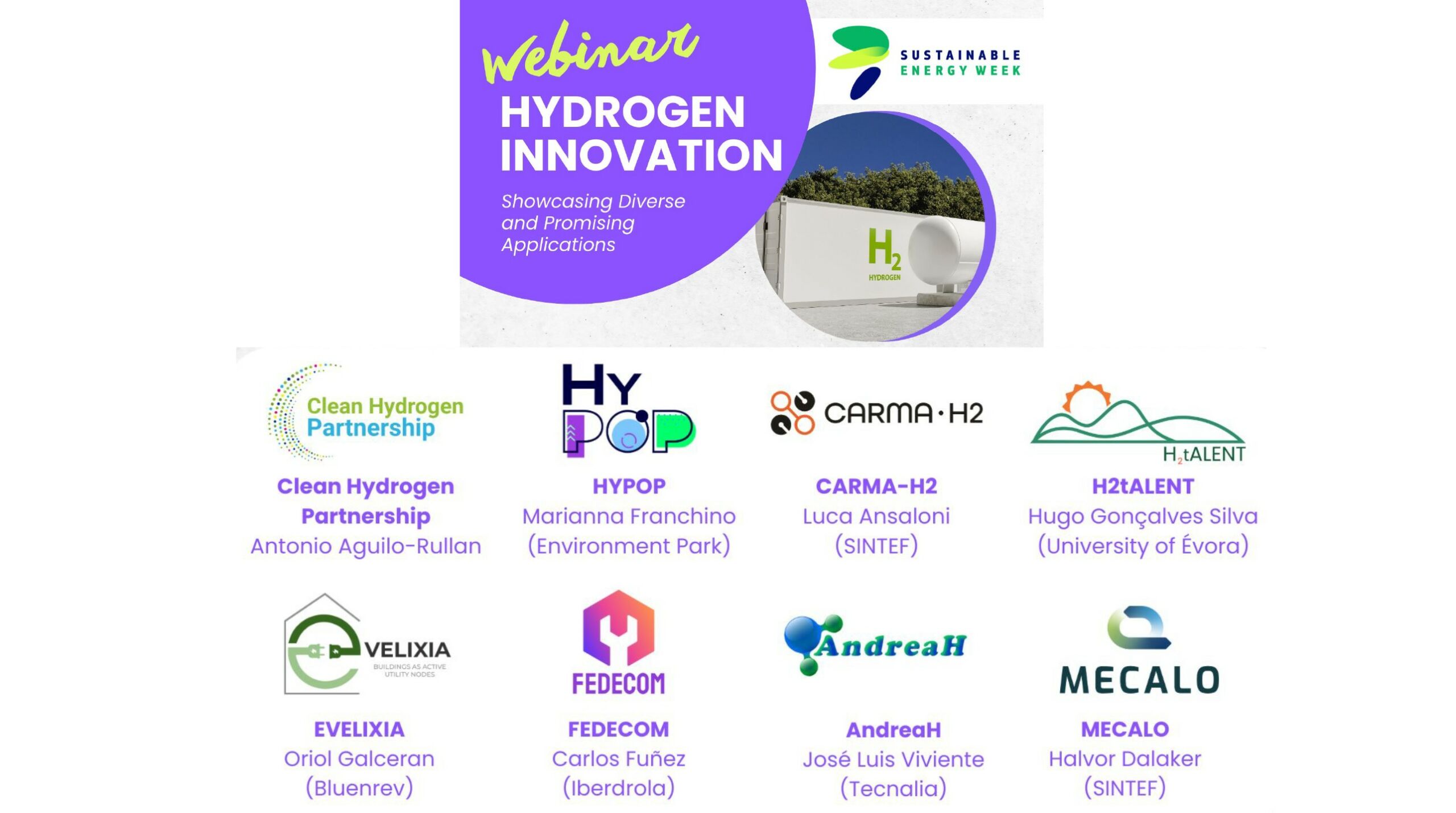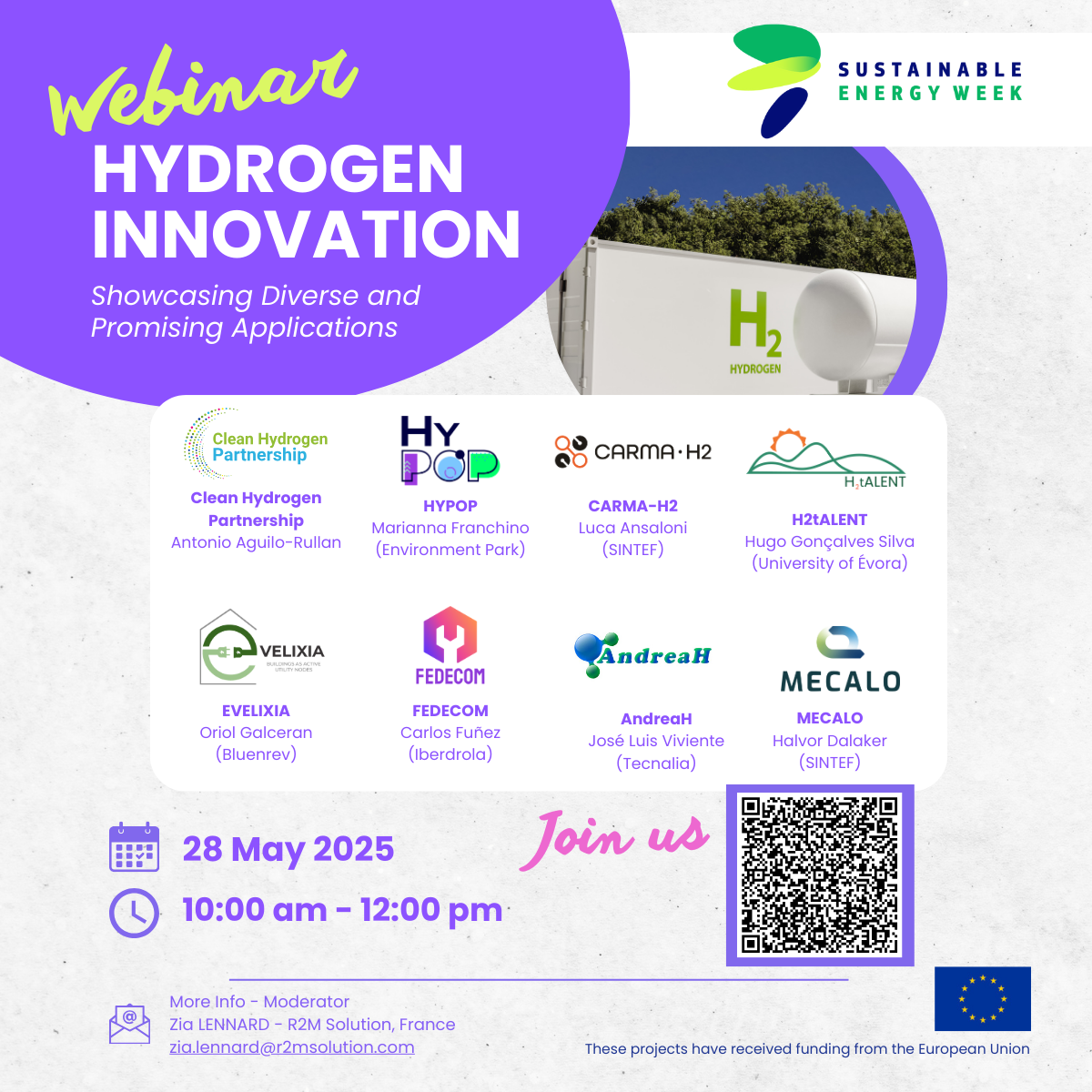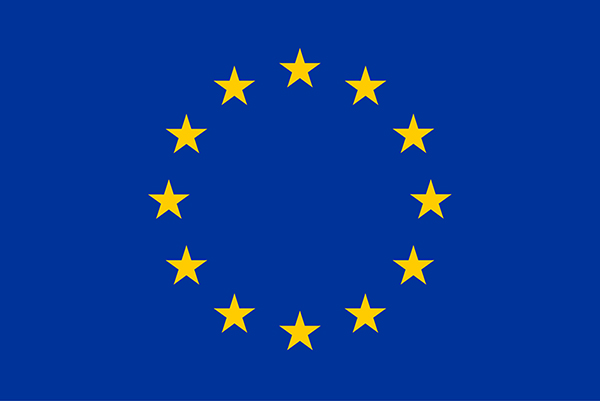Energy system models serve as advisory tools for decision-makers to assess the impact of their choices. Utilizing open-source models enhances the transparency and replicability of results, enabling external individuals to build upon previous studies.
Within the FEDECOM consortium, several entities are actively developing such models. In this update, we introduce three distinct models: Dispa-SET, EnergyScope, and REHO, each tailored for specific applications.
- Dispa-SET is a dispatch model with a primary focus on enhancing the flexibility and stability of the European power grid (www.dispaset.eu).
- EnergyScope and REHO are energy system prospection tools designed to optimize the future energy system’s design.
- EnergyScope operates at the national scale, identifying trends for defossilizing the region’s energy system and addressing intermittency challenges (https://energyscope.readthedocs.io/).
- REHO, on the other hand, which stands for Renewable Energy Hub Optimiser, concentrates on a district scale, from individual buildings to neighbourhood levels (https://reho.readthedocs.io). This model takes into account local opportunities and constraints, exploring various optimal designs for community energy systems.
The synergy between these three tools is crucial. EnergyScope provides major country-level trends, such as the penetration of renewable resources and identify key transition technologies. Leveraging this context, the REHO model investigates diverse design options for pilot projects and investigate the benefit of the system-of-systems approaches. Finally, Dispa-SET verifies the feasibility of proposed solutions and assesses the price profiles of specific energy carriers, including electricity.
All three models are boasted by active communities that welcome new users, developers, or anyone with a curiosity about their functionalities.
Feel free to get in touch with them to explore and contribute to these innovative projects!
Gauthier Limpens, Université catholique de Louvain







